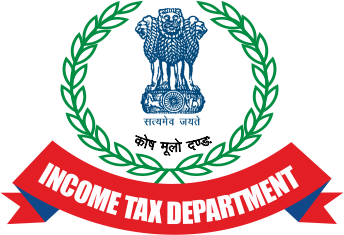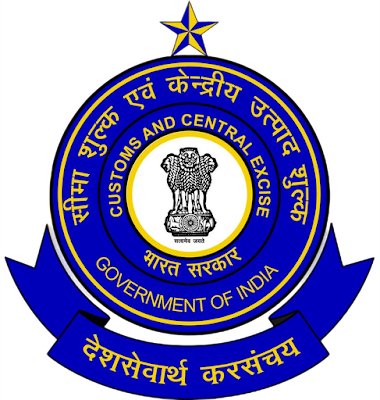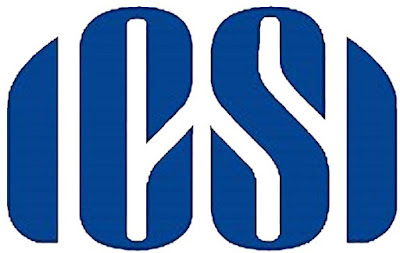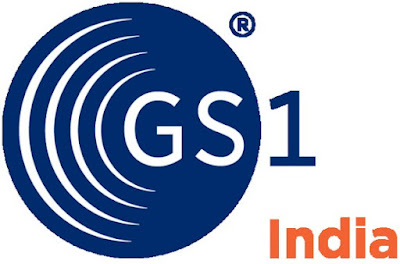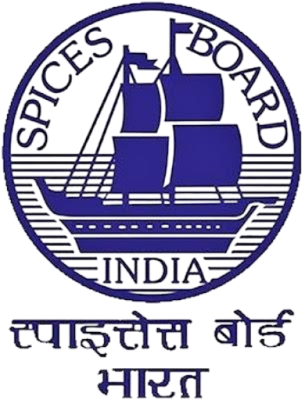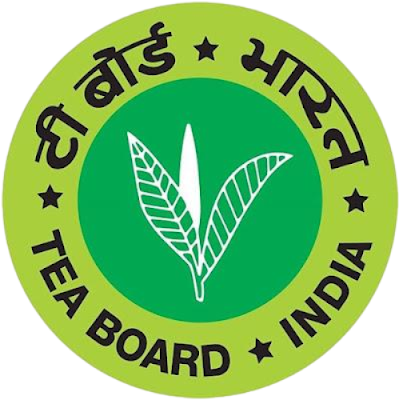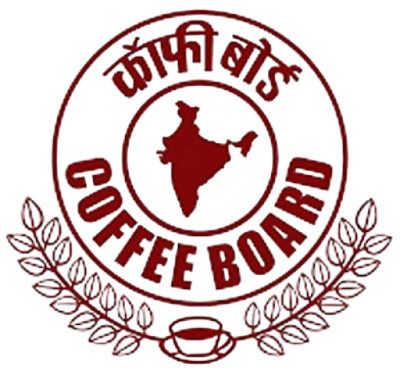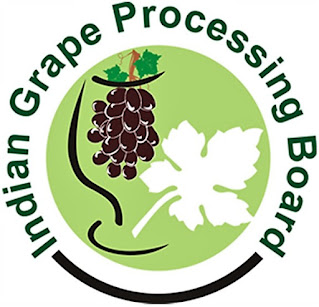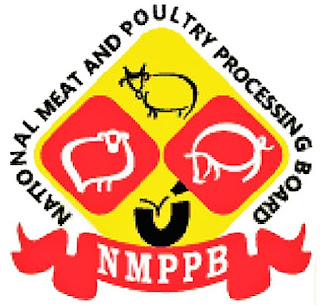GS1-INDIA GS1- India is a not for profit supply chain standards body promoted by the Ministry of Commerce, Government of India, CII, FICCI, ASSOCHAM, FIEO, IMC, APEDA, Spices Board, IIP and BIS to spread awareness and provide guidance on adoption of global standards in supply chain management by Indian industry for the benefit of consumers, industry, government etc. GS1 India is the only organisation in India authorized to issue company prefix numbers for use in barcodes, RFID tags etc. for unique, unambiguous and universal identification of products, cartons, containers etc. GS1 standards find wide application in supply chains across sectors for unique yet universal product, consignment and entity identification, electronic data interchange (EDI), product data synchronisation etc. GS1 standards are the defacto global standards in identification of consumer products in retail. GS1 standards enable improved efficiency, safety and visibility of supply chains across physical and digital c

